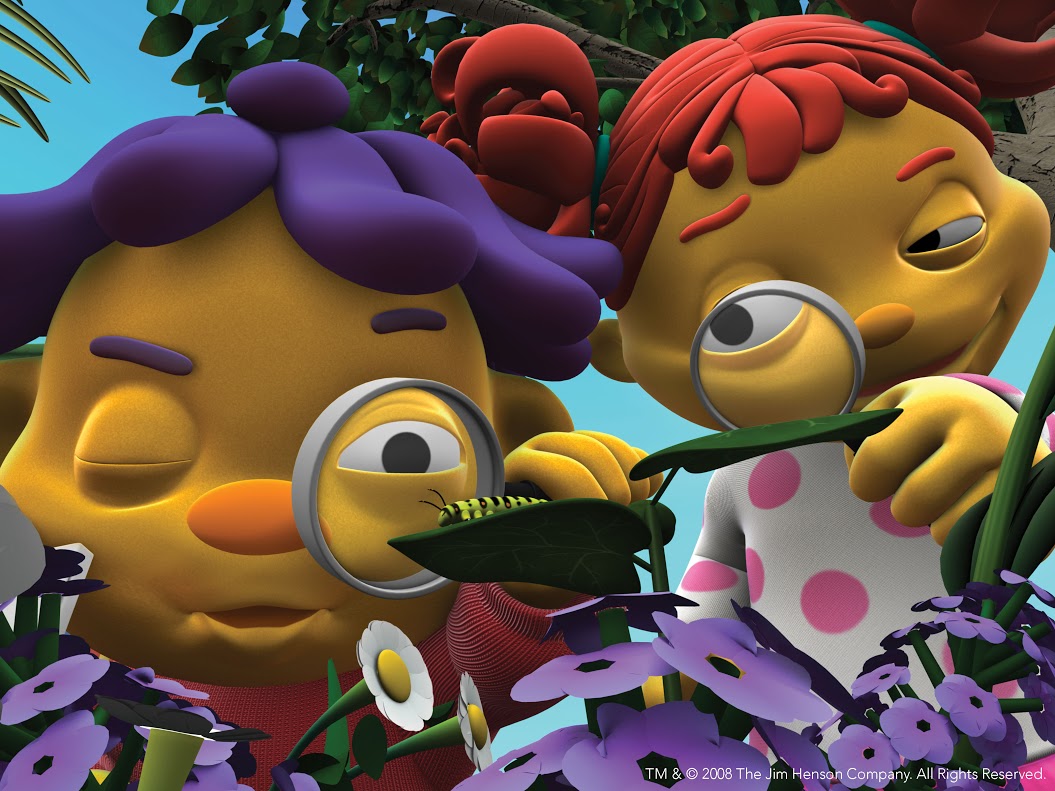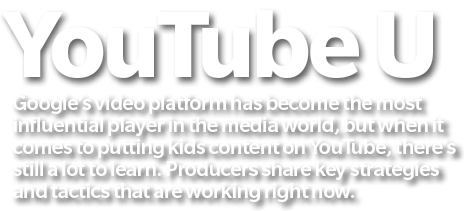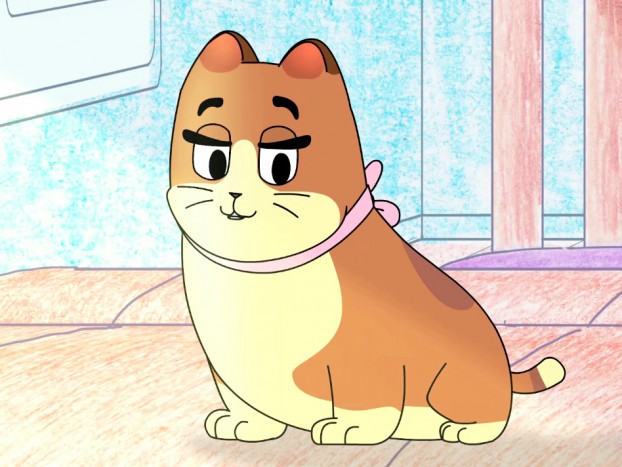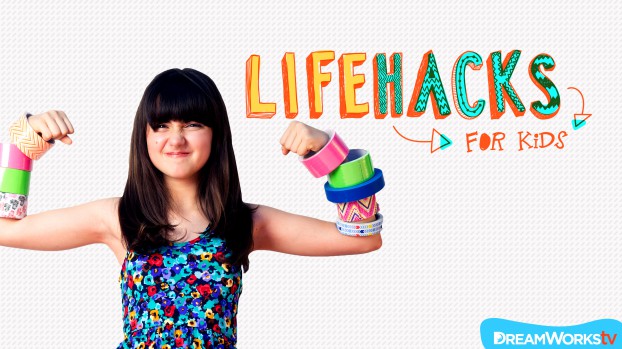Imagine, if you can, a world without YouTube—a cold, unfunny, unentertaining world, where children sit in the dust and stare at widescreen televisions to watch whatever content happens to be flowing from their scant 200-plus channels.
That terrible world was 2005.
It’s hard to reconcile the fact that YouTube is only a decade old. In fact, 10 years ago, it wasn’t even owned by Google yet. It was still the playground of founders and former PayPal employees Chad Hurley, Steve Chen and Jawed Karim—who are still probably counting the US$1.65 billion they got for selling it to Google in 2006.
Now, YouTube is arguably the most influential entertainment platform in the world—not the most valuable—by far—but the most influential. But what is it really? Is it a broadcasting platform? A profit center? A marketing platform? Is it all about building brands and facilitating research?
YouTube is really all of those things, and much more. Today, the platform offers up hundreds of millions of channels of content for more than a billion users, and it’s still growing exponentially year over year.
“I think there is no question that YouTube is, if not the first, then one of the first destinations for kids in terms of their entertainment choices,” notes Birk Rawlings, head of DreamWorksTV. “YouTube is a great place to aggregate eyeballs and introduce content and characters to the audience we’re trying to reach.
“The truth is, it’s where our audience lives more than anywhere else. So there’s a way of looking at it as a marketing vehicle, but we don’t approach it that way. For us, it’s one of the best tools we have at our disposal in terms of introducing audience to new things, or keeping them engaged with properties or characters that they already know and love.”
Maybe that’s the best way to look at it. YouTube is the most interactive platform the industry has had access to yet. It’s a giant feedback loop, giving creators back as much as they give. So it’s little wonder so much of the industry has decided to live in that space.
When the DreamWorksTV channel launched on YouTube last June, for example, it combined DreamWorks Animation’s global family brand with Awesomeness TV’s digital savvy to create a new experience for young kids and their families. Half live action, half animation, DreamWorksTV’s content is 100% original. Since its launch, families have watched well over 80 million minutes of 50-plus series. It has attracted almost 800,000 subscribers and is approaching half a billion views for series like Life Hacks and Fifi: Cat Therapist. Not a bad turnout for year one.
Internally, the DreamWorksTV team has grown from one person to 15 in the last 18 months. “I like to think of ourselves as a garage band,” says Rawlings. “We are a pretty scrappy little team of people who are just passionate about what we are doing.”
Small teams like DreamWorks TV’s and passionate individuals are shaping this world. A YouTube channel basically starts as a giant blank canvas. It can be a single video, a constant stream of content, original material, clips, or anything else. It’s initially defined by the creators—but then an audience gets holds of it and it evolves.
Problem is, those viewers are also watching a few million other channels. So it’s not just about content, it’s also about discoverability. How do you manage your brand, content and approach—and package it all in a way so that viewers can find it?
“Ultimately this is going to sound a little bit simplistic,” says Rawlings, “but you start by making things for the target audience. For us, it’s a question of trying to keep our quality as high as we can within the budgetary framework, producing a wide variety of content, and reacting to what the audience tells us with their viewing habits by doing more of what they appear to like.” He adds that he’s surprised at the results every day. “By developing out in the public, and letting the audience guide all of our decisions, there’s not a day that goes by when there’s not a piece of content or a character or a tactic we try that comes out unexpectedly.”
Take Life Hacks. Rawlings notes his team observed a large number of people were going onto YouTube to search for life-hack content. So DreamWorksTV launched a kid-centric series featuring content that people were already searching for. With more than 30 three- to four-minute videos in the series, it has already garnered almost five million views.
The DreamWorksTV strategy is to build robust play lists, create programming that is search-friendly, and closely follow and respond to viewer habits—which seems to be the winning strategy on YouTube. You have to cater to viewers’ interests, but stay out of their way as much as possible.
“We don’t want to frustrate the viewing experience,” agrees 9 Story Media Group digital sales manager Elianne Friend. “We want to give our viewers what they want.”
The Toronto-based production and distribution company currently has 24 channels on YouTube, broken down by brand and language. Each grew organically over time, with plenty of learning as they went along.
“We understand our business a lot better now,” says 9 Story MD Natalie Osborne. “We understand what’s happening in territories a lot better, because sometimes it’s really hard to find ratings. It’s hard to know what’s happening with your brand in certain territories. But with YouTube, you get real-time data—we understated that in Mexico or Indonesia, for example, certain content is really connecting with audiences there.”
Case in point: After seeing interest in their brands piqued in Latin America, the company developed neutral Spanish and Brazilian Portuguese channels, led by viewer favorites like Wild Kratts and Daniel Tiger’s Neighborhood—the latter of which is not even on broadcast in the region. It then leveraged that viewership to roll out smaller series like Joe and Jack.
One of the critical lessons was found in understanding how linear broadcast and YouTube can mesh. “It may seem counter-intuitive,” says Friend. “If we have a show on television, why would we put it on YouTube? Wouldn’t that cannibalize the views? But it actually complements it. We’ve seen this across the board.”
“In fact,” adds Osborne, “what we’re finding is that there’s a strong correlation between what’s doing well on air and what’s doing well on YouTube. YouTube helps market and promote, and what we’re doing is actually pushing viewers back to the linear broadcaster.”
“Cross-promotion and leveraging our brand helps break through the noise,” Friend says. “But also, by using those analytics and seeing where the demands is, you know that even in a crowded territory—where you may not have launched an unknown brand before—people are trying to get their hands on good preschool content. We can go after that market.”
“What we’re finding is that there’s a strong correlation between what’s doing well on air and what’s doing well on YouTube”
– Natalie Osborne, 9 Story Media Group
9 Story has also used YouTube to give new life to its library content, like when it relaunched ’80s hit The Elephant Show on a YouTube channel. “The kids who watched it then are now parents, and recently the show was in the news,” says Osborne. “So, you could see the renewed interest and people searching for it.”
The fact that a 30-year-old show can still resonate with YouTube viewers highlights one of the most important lessons when it comes to the platform—good content can be old, new, short, long, factual, silly, weird or a million other things. Good YouTube content is entertaining—however an audience defines that.
The more complicated question gets raised in deciding how much content is enough.
“We don’t constantly refresh, especially in the kids space,” says Friend. “Kids like to know that the episode they saw yesterday is going to be on there tomorrow. An element of repetition, for kids at least, is something incredibly valuable.
“We try to keep evergreen episodes up on the channel, but based on that we do mash-ups, song medleys and compilations to keep the channel fresh, to keep the content engaging and also to keep parents happy. If it’s not on your channel, they might go after the pirated stuff, so we try to provide content that is high-quality, safe and represents our brand well.”
“Ultimately, our goal is to make sure that every day there is something new for the audience we’re tying to reach,” offers DreamWorksTV’s Rawlings. “Something original and something new. Some days, that might mean four pieces of content. Some days it might mean one. But the goal is just to make sure that our audience, whenever they are coming to check things out, feels like there is something they haven’t seen before.”
YouTube now touches every aspect of the industry. Its influence is even being felt at retail. “YouTube is so integral in building global brands, and it has so many different dimensions as to how it touches our business, from both the trade and consumer perspective,” says Richard Goldsmith, EVP of global distribution and international consumer products at The Jim Henson Company.
Henson runs two YouTube channels—The Jim Henson Company (home to all of its content, including sci-fi and fantasy and videos about the company itself) and Jim Henson Family TV (which features all of its family-friendly content). There, viewers can take in full episodes, playlists and much more, with shows like Sid the Science Kid, Fraggle Rock, Pajanimals, The Wubbulous World of Dr. Seuss and many others.
Goldsmith says Henson content basically falls into three buckets—library content, current series (Henson currently distributes seven preschool series on YouTube) and original programming for the platform, a bucket likely to get larger as time goes on. In fact, Goldsmith says the company looks at YouTube as a partner like any other TV network, and talks to its execs during the early stages of any big project.
YouTube is already paying off in tangible ways, he says. Take Dinosaur Train as an example. In Russia, the show is on national kidcaster Carousel, and there are more than 200 consumer products SKUs available at retail regionally.
“But what our team in Russia advised us,” says Goldsmith, “is that you cannot be a successful children’s brand in Russia by merely being on television. You have to have a strong YouTube presence as well. So we spent significant time researching who the best partners were in Russia, and Dinosaur Train was put on YouTube. It did very well from a viewing perspective, and now we’re going to expand it dramatically.
“The market told us that you can’t be a successful brand without being on YouTube—so we were. And the results were far greater exposure that translated into greater consumer products sales.”
Learning to listen is vital, but so too is working with the right people. “If you have ever tried to set up your own YouTube channel and really take advantage of all the bells and whistles and what it can do—it’s really difficult to do as an amateur,” he says. “You need people working with you who understand the ecosystem—who understand how to operate your channel, who understand posting, and how to communicate with your fans, who understand how to use the data. You need people working with you, either inside the company or out, who really get it.”
And they have to be humble enough to let the market guide them as they go along.
”I feel like I’ve learned something new every day,” admits DreamWorksTV’s Rawlings. “We’re in the Wild West of the shift to digital, non-linear content and consumption. I’m learning at the same time as the rest of the industry and our audience, as they figure out how they want to consume.
“You’re riding a surfboard and the wave keeps shifting. It’s what makes it daunting and fun at the same time.”



























